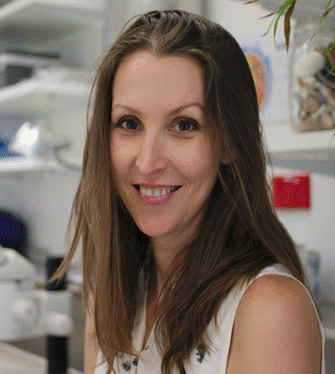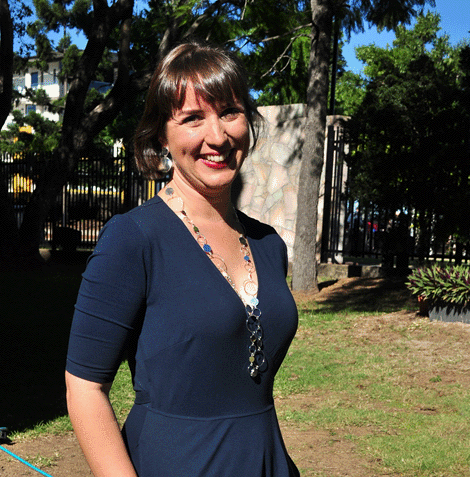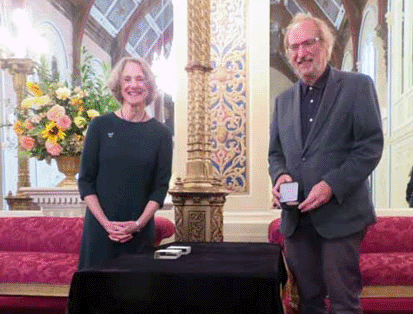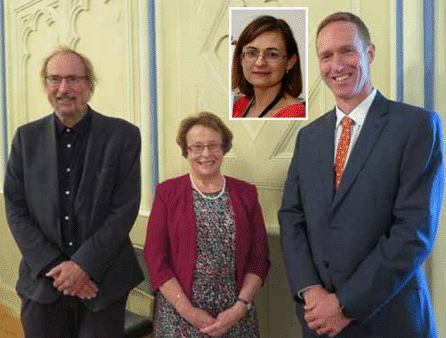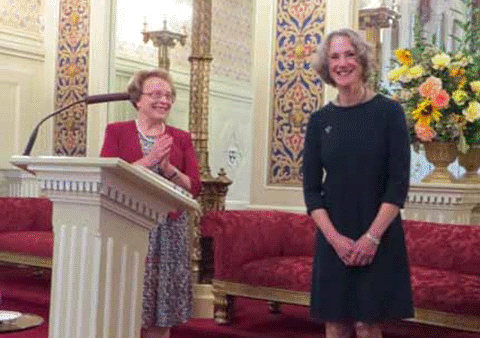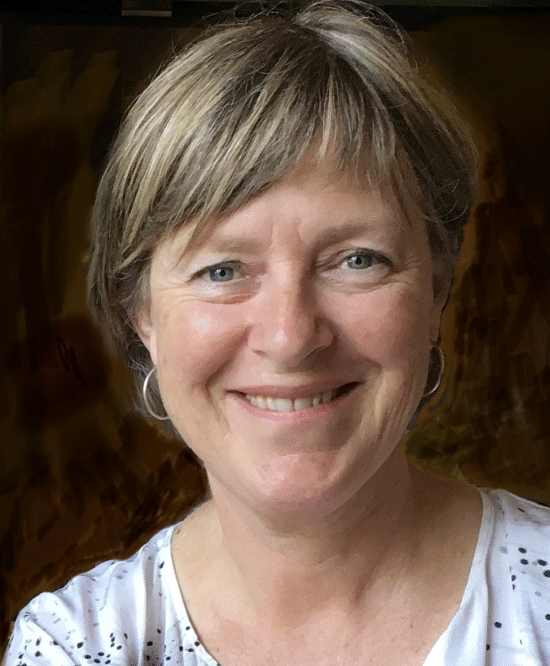A public lecture to celebrate the centenary of the Northern Branch of the Royal Society of Tasmania
The Royal Society of Tasmania, Northern Branch, invites you to a public lecture on Sunday 27th June 2021 at 1.15pm by geologist and mineralogist, Ralph Bottrill.
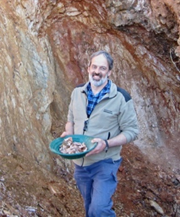
He will deliver a lecture entitled “What made Tasmania?“.
If you wish to attend the lecture in person at the Meeting Room, QVMAG at Inveresk, you must register in advance due to COVID rules. You can do so by sending an email to apcachris@gmail.com or by phone on 0417 330 118. Do so early to guarantee a seat.
Alternatively you may view the lecture remotely via ZOOM. In this case you must also register in advance in ZOOM. This has nothing to do with COVID. It simply ensures that you receive an email containing instructions for joining the webinar on the day of the talk. Click here to register for ZOOM.
Click here to view the latest flyer for the event and print if necessary.
To commemorate the inaugural meeting of the Northern Branch on 27 June 1921 delivered by the Government Geologist, Loftus-Hills, this lecture will revisit the subject of geology but with the focus on developments in Tasmanian geology.
The geology of Tasmania is very ancient, complex, highly mineralised and controversial, and most of the west was poorly understood, until in recent decades the mapping, dating and information compilation coordinated by the Tasmanian Geological Survey (Mineral Resources Tasmania) has enabled us to get much greater understanding, and produce detailed maps of most of it, despite the largely difficult terrain and complexity.
Ralph Bottrill has an MSc in geology, and is a geologist and mineralogist, living near Hobart. He has worked for 36 years at Mineral Resources Tasmania where he manages the labs and rock collections and studies various Tasmanian mineral deposits, rocks and minerals. He is also an associate curator for minerals with the Tasmanian Museum and the Queen Victoria Museum.
Generously supported by

